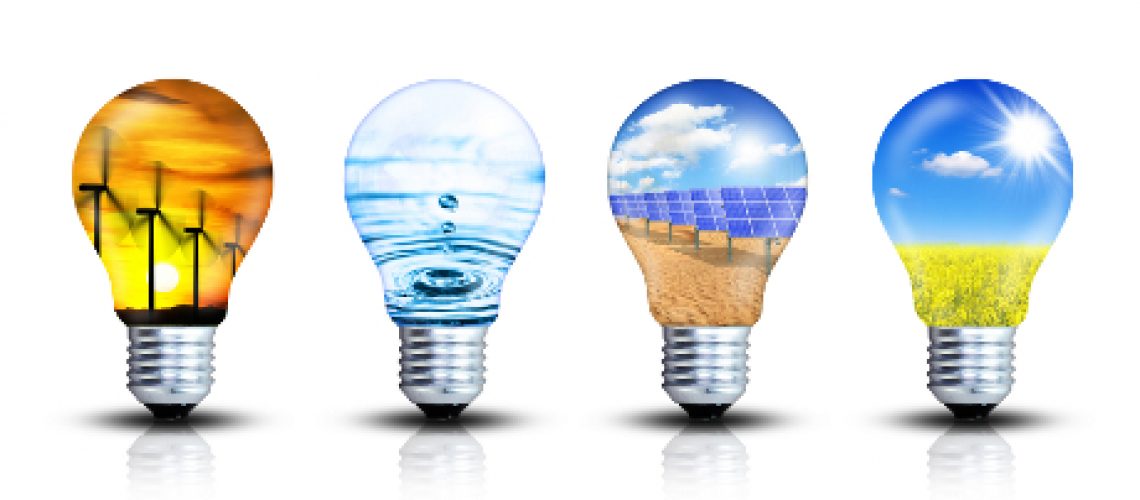Ideally, when looking for efficient energy sources, you want to strike a balance between cost efficiency, sufficient energy supplied and minimum release of Carbon Dioxide.
Renewable energy tends to be more efficient than non-renewable energy. Examples of renewable energy sources include solar power, wind power, bioenergy (organic matter burned to create fuel) and hydroelectric power.
These sources of energy can be reused without the need to rely on a finite resource. Non-renewable energy sources, on the other hand, waste coal or natural gas; requiring additional energy and environmental impact.
Solar Power
Arguably the most well-known renewable energy source, solar power is also considered one of the cleanest energy forms and switching to solar power in the UK is becoming increasingly common, both when it comes to residential and even commercial solar panels. This is due to the fact that it produces no harmful-by products or greenhouse gases.
Despite the limitations of solar power in regions with extended periods of darkness, companies like Blue Raven Solar are pioneering advancements in battery storage technology, mitigating the issue of intermittent sunlight and enhancing the reliability of solar energy systems.
One of the limitations of solar power is that its systems can only supply electricity when fully exposed to the sun. As a result, they are not reliable at night and cannot be used in regions with periods of prolonged darkness.
Another factor to consider with solar power is that it is still relatively expensive when compared to traditional methods of energy production.
That said, solar power is one of the most efficient renewable energy sources as it only relies on capturing solar energy and transforming it into electricity or hot water. Annually, it has the potential to cut an average household’s carbon impact by 80%.
Wind Power
Wind power as a form of renewable energy is becoming increasingly popular due to its relatively cheap cost and high efficiency.
This form of renewable energy is nothing new and has, in fact, been used as a form of energy production for centuries.
Often considered more dependable than solar electricity, wind turbines can be easily installed offshore to produce energy. However, they have their limitations too - their productivity depends on the wind moving at a specific pace.
Although turbines themselves are 80-90% recyclable, many of the current composite blades end up in landfill.
Hydroelectricity
Hydropower facilities are able to produce electricity by turning turbines with the force of water - similarly to a coal-fired power plant. In this case, rather than coal, water is used to power hydropower systems.
A common use of hydropower, or hydroelectric power, is a dam which stores water in a reservoir. When energy is required, water is released and drives turbines to generate electricity.
Not only is hydropower cost-effective, it is also highly efficient and economic. Unlike the volatile price fluctuations of energy commodities, hydroelectricity leverages the self-renewing force of rivers.
Geothermal Power
This renewable energy source uses the heat from the earth in order to generate electricity. For that reason, it tends to work best in regions with high temperatures where the difference in temperature between the hot rocks underground and the surface creates an electric current.
Although it’s estimated that geothermal energy has the potential to meet up to 12% of the world’s demand for heating, cooling and electricity, this energy source is largely untapped at the moment.
One of the key risks with geothermal energy is that it can release greenhouse gases stored under the earth’s surface - making it potentially harmful for the environment. It is also the renewable source with one of the highest upfront costs - the creation and maintenance of underground reservoirs.
Geothermal energy production can release greenhouse gases stored under the earth’s surface. It also needs to be properly managed through the maintenance of underground reservoirs and has one of the highest upfront costs.






